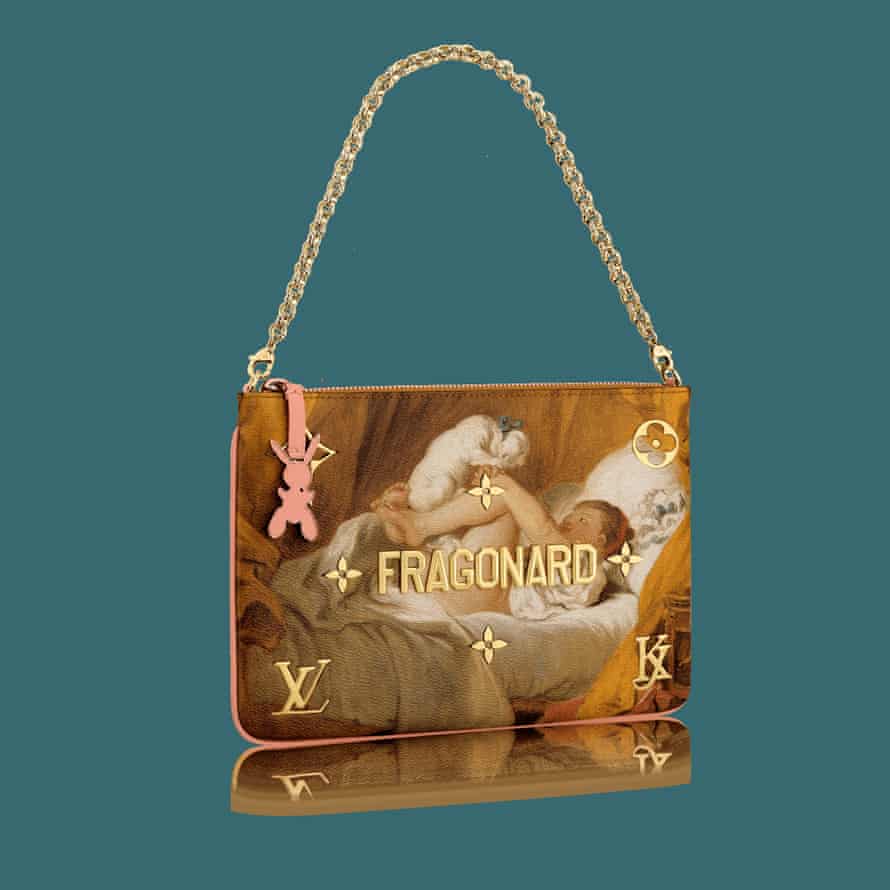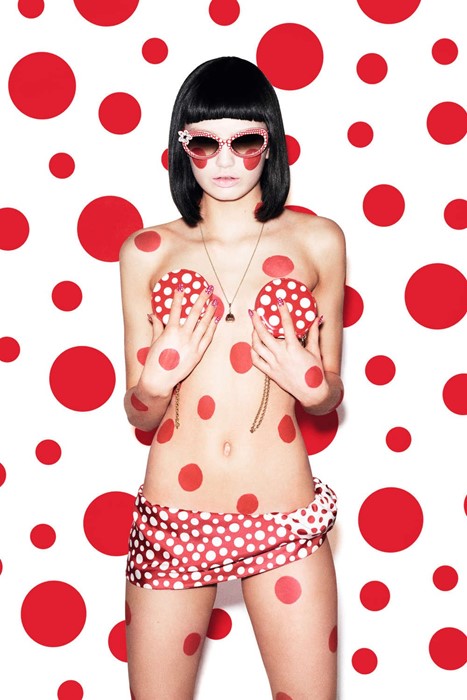A dive into one of the most prolific fashion x art ongoing moment.
Louis Vuitton is probably one of the first labels to have established art collaboration as a recurring staple of the house, now part of their DNA. Indeed, Marc Jacobs is credited with being the first to break the boundaries of high fashion and popular art starting in 2001 through his collaborations with Stephen Sprouse. Marc Jacobs, the New York-born designer who was at the helm of Vuitton at the time, profusely spoke about the dichotomy between his native city and the City of Lights he was working in for LV.
This collaboration was therefore an effort to insufflate a raw and grunge touch to the traditional label, inspired from the graffiti and street art from NYC, and so although he had been expressly ordered not to tamper with the LV pattern and logo. This paved the way for later collaborations within the house but also for luxury fashion at large, experimenting with more popular art forms as a way to reach new audiences and expand cultural relevance beyond the traditional targets of the Maison. Here we are looking at some of the most influential collaborations between Louis Vuitton and pop artists.
The Stephen Sprouse inaugural collection was seminal in adding a layer to Louis Vuitton. Although the founder of the house was always involved in the arts and was for example a patron of the impressionists, his craft remained focused on luggage-making. Indeed, if cultural and artistic circles used to mingle more, it was due to the smaller size of culturally relevant groups of people, the lesser means of communications and the social stratification of the time, and it did not involve the same level and nature of collaboration as we are seeing today. The collection involved traditional Vuitton designs like the Speedy bag slapped with Louis Vuitton neon graffiti with a high streetwear appeal that was not associated in any way with the Maison before. The collection was so successful that they had a second round in 2009 to commemorate the death of the artist.
Another highly fruitful collaboration that experienced reiterations over the years was the one with Takashi Murakami that began in 2003. Murakami, a leader of the Superflat movement featuring signature colorful icons, symbols and figures on flat all-over surfaces breaking the rules of perspective and composition. He has a universe inspired by manga and anime and a whole set of characters having a life of their own and appearing in his multimedia artworks ranging from traditional painting to sculpture and even video art.
His first iteration of the collaboration was a multicolor reinterpretation of the LV canvas and logo reminiscent of his all-over flower paintings. The second one, on the more kawaii side of Murakami’s work, featured anthropomorphic cherries and and cherry blossom flowers with smiley faces. The third one was a camouflage version of the canvas dubbed the Monogramouflage and originally sold at the Brooklyn Museum, clearly establishing the merging of fine art and high fashion. All sold out globally and experienced a large success. The collaboration between Murakami and Louis Vuitton formally ended in 2015 but some items remained in the store after it.




Another interesting collaboration, still under Marc Jacobs, was with the American artist Richard Prince, known mainly for his work featuring nurses. The 2008 show had models dressed as nurses sporting hats spelling Louis Vuitton and the collection of bags designed by the artist. He created, among others, a soft effect watercolor giving the monogram a more aerial, delicate feel that also experienced a large success. This collaboration, with an artist less pop art than the two others, testified of Vuitton’s willingness to experience and think outside the box and probably contributed in some forms to the brand dilution experienced by the label in the 2010s, and probably explaining why the pace of the collaborations has slowed or taken a more focused approach since then.


In 2012, Vuitton decided to collaborate with a Japanese artist again, Yayoi Kusama famous for her Infinity mirrors and patterns as well as pumpkins, featuring all-over dots. This collaboration went beyond bags and covered coats, bets, and several items of clothing as well as real estate in the Louis Vuitton stores globally, with her signature dots. This highly visible collaboration increased the visibility of the artist while validating the cultural legitimacy of Louis Vuitton. Kusama is a highly recognized artist within the art sphere and regularly draws crowds in museums and galleries globally.
More recently, under Nicolas Ghesquiere, Louis Vuitton worked with Jeff Koons on a collection featuring traditional masters and testifying of the artist’s love for classical art and his ability to reinterpret classics to make them relevant today. This motivates a large part of his artistic creation drawing on a variety of popular and classical references and is in line with the way fashion falls in and out of… fashion. If the cycle is longer and more scattered for art, the dynamic is the same and fashion houses, especially storied ones with a rich patrimony and archives to work from, are in a constant quest to reinvent their iconic pieces. This collaboration featured classical paintings, barely altered, printed all over on bags with the corresponding master’s name in golden metallic letters. Large logos and labels over items is considered as conspicuous and sometimes tacky, but this design raises the question of whether or not art can be tacky since it is not a label (or even a monogram) associated with consumerism that is slapped on the bag but a classical master’s name associated with the finest accomplishments of human artistic ability.


Koons is also asking if the dichotomy between fine highbrow art and popular materialism is a thing of the past? In a society that evolves in categories and opposition and an industry that is always trying to create exclusivity and functions in opposition to or in differentiation from, are categories as distinct as they used to be? Koons is clearly arguing for the no, and Louis Vuitton, by choosing to work with him, is also hinting at the new face of the luxury market. The client base has drastically changed since the beginnings of haute couture and luxury fashion, and the change has accelerated since the beginning of the 20th century with the rise of the Asian luxury market that called for new products, the development of social media marketing and communications, and the growing importance of environmental and social causes for consumers. The face of the luxury fashion consumer is much more multifaceted and hard to grasp than it used to be, and it is constantly changing.
Louis Vuitton has been dubbed by industry insiders as the experimentation lab of Alexandre Arnault, not only in terms of designs, but also in terms of marketing, collaborations, and out of the box initiatives. This has led to brand dilution as hinted before, but the efforts in the past few years to centralize brand image and readjust the offering as well as marketing has participated in restoring the aura of the Maison. Louis Vuitton is a particularly interesting label for its ability to speak to extremely different audiences, it is the biggest and most successful brand of the LVMH group due to its large offering spanning luggage, leather good, fine and traditional jewelry, haute couture and pret-a-porter, but also because of the variety of declinations of its famed monogram appealing to young and old, Western and Eastern audiences. The brand identity and goodwill is so strong that Arnault is aware of the huge flexibility he has to experiment, explaining why artistic partnerships have been so prolific at Louis Vuitton. Given the fact that it has now expanded to virtually every Maison of the group there is no doubt that it has been, and is, an unquestionable success likely to continue.






One thought on “Louis Vuitton x Sprouse x Murakami x Prince x Kusama x Koons”